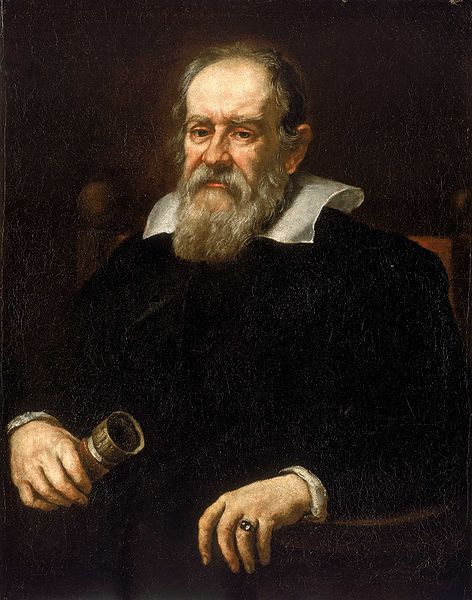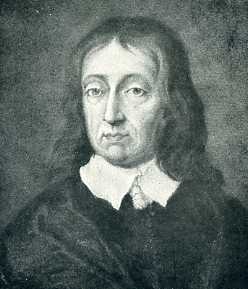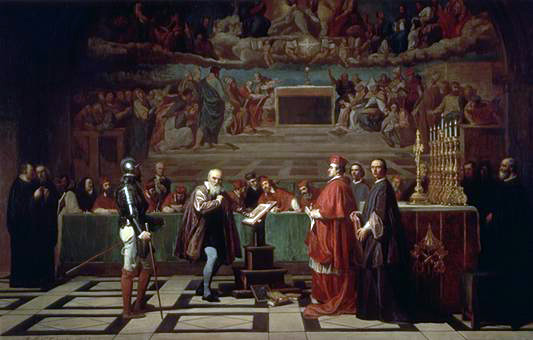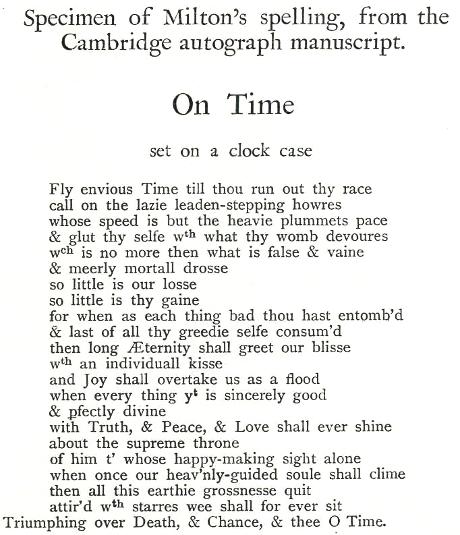In September 1632, Galileo Galilei was ordered to come to Rome to stand trial on a charge of heresy. He arrived in February 1633 and was brought before inquisitor Vincenzo Maculani to be charged. Galileo was found guilty of having held the opinions that the Sun lies motionless at the centre of the universe, that the Earth is not at its centre and moves, contrary to Holy Scripture. He was sentenced to imprisonment at the pleasure of the Inquisition, but on the following day he was put on house arrest, for which he remained for the rest of his life.

At the early age of 18 in 1582 he was very impressed with his observations of a lamp swinging in the breeze in Pisa Cathedral. He realised from his own pulse that it had an equal sway from side to side. He knew that if he could use this (the pendulum) in a mechanical clock it would make a vast difference to - -

- - accurate timekeeping.
Galileo's first notes on the subject were during 1588, but he did not begin serious investigations until 1602. In 1638, 30 year old John Milton, English poet travelled on horseback to Arcetri, a region of Florence, where he met Galileo, who was 74, at his house the Villa il Gioiello.
Portrait of Galileo Galilei by Giusto Sustermans. John Milton From an engraving after the painting by Faithorne
Milton writes in his speech Areopagitica 1644 ‘the famous Galileo grown old, a prisoner to the Inquisition’, for think-ing in astronomy otherwise than the Franciscan and Dominican licensers thought.’ He also writes in his book 1 of Paradise Lost 'Through optic glass the Tuscan Artist wiews At Ev’ning From the top of Fesole (Galileo is the Tuscan artist and Fesole Hill town near Florence).

Milton also met Vincenzio the son of Galileo who had made a model from their’ famous drawing shown above and it is understood that the fathers of Florence later built a turret clock based on the design. This must have been the first turret clock with a pendulum balance. Their conversation could not have avoided the subject of timekeeping as Galileo would have had a collection of timepieces.
Video left. Detent escapement model demonstrating Galileo Galilei's application of the pendulum and pin wheel. This model was based on the 1641 drawing by Vincensio Galilei (shown above) of his father's ideas.

On Time by John Milton.mp3
On Time
set on a clock case
The writer’s explanation of the lines. The first three deal with the mechanics of the clock movement. The wheels and Galileo's new escapement. 'The heavie plummets pace' Lead weights not actually fitted in the above drawing they would have hung from the spindle of the bottom wheel. & glut thy selfe wth what thy womb devoures wch is no more than what is false & vain & merely mortall drosse So little is our losse So little is our gain’ We all know about loss and gain in our lives as did Galileo and Milton as both were falsely imprisoned. For when as each thing bad thou has entomb’d & last of all thy greedie selfe consum’d Things will get better then long Aeternity shall greet our bliss wth an individuall Kisse Milton looked through Galileo's new telescope into the heavens, which may have influenced him in the final two lines of the poem- attir'd wth starres wee shall for ever sit Triumphing over Death, & Chance, & thee O Time
<<<< Listen to the poem
Acknowledgements below.
The poetical Works of John Milton. Acknowledgements- edited after the original Text by H. C. Beeching 1935.
Heading Tate Gallery after Joseph Mallord William Turner Galileo Villa 1830
Permission to use the Galileo clock drawing The Biblioteca Nazionale Centrale, Firence.
Galileo Galilei (1564-1642) Astronomer, inventor and mathematician.
YouTube Video- National Watch and Clock Museum in Columbia, PA.
YouTube- John Milton's poem being read. Sound from Pinkamena Maniac With the Silent Hunter 4 intro Trailer.
Galileo’s Daughter’ by Dava Sobel 1999. How Galileo's Daughter Virginia/Sour Maria Celeste was struggling to fix a clock.
John Milton (1608-1674) writer of poetry and prose. He could speak English, Latin, French, German, Greek, Hebrew, Italian, Spanish, Aramaic and Syriac.
Wikipedia ,Galileo before the Holy Office.The inquisition of 1633.